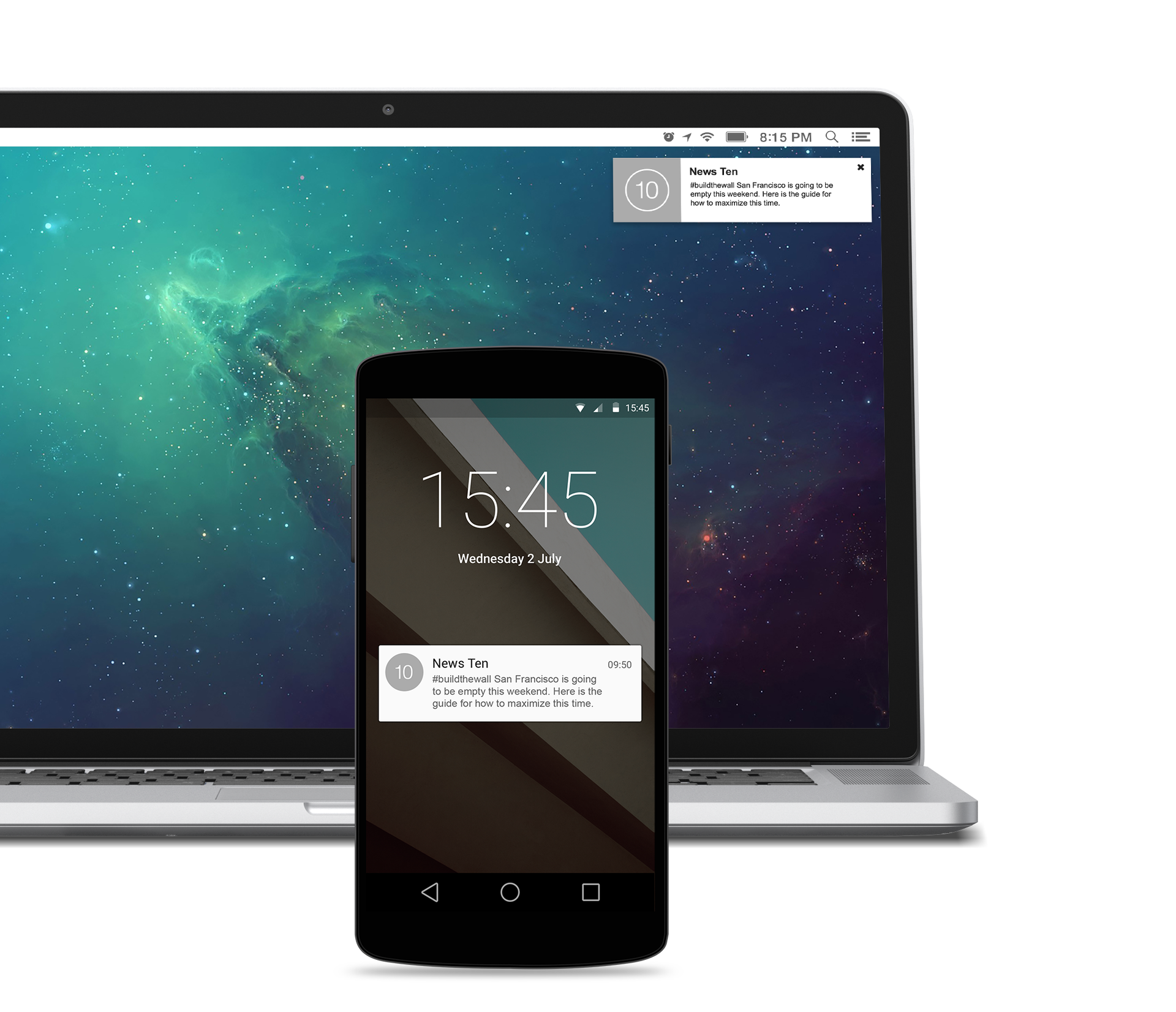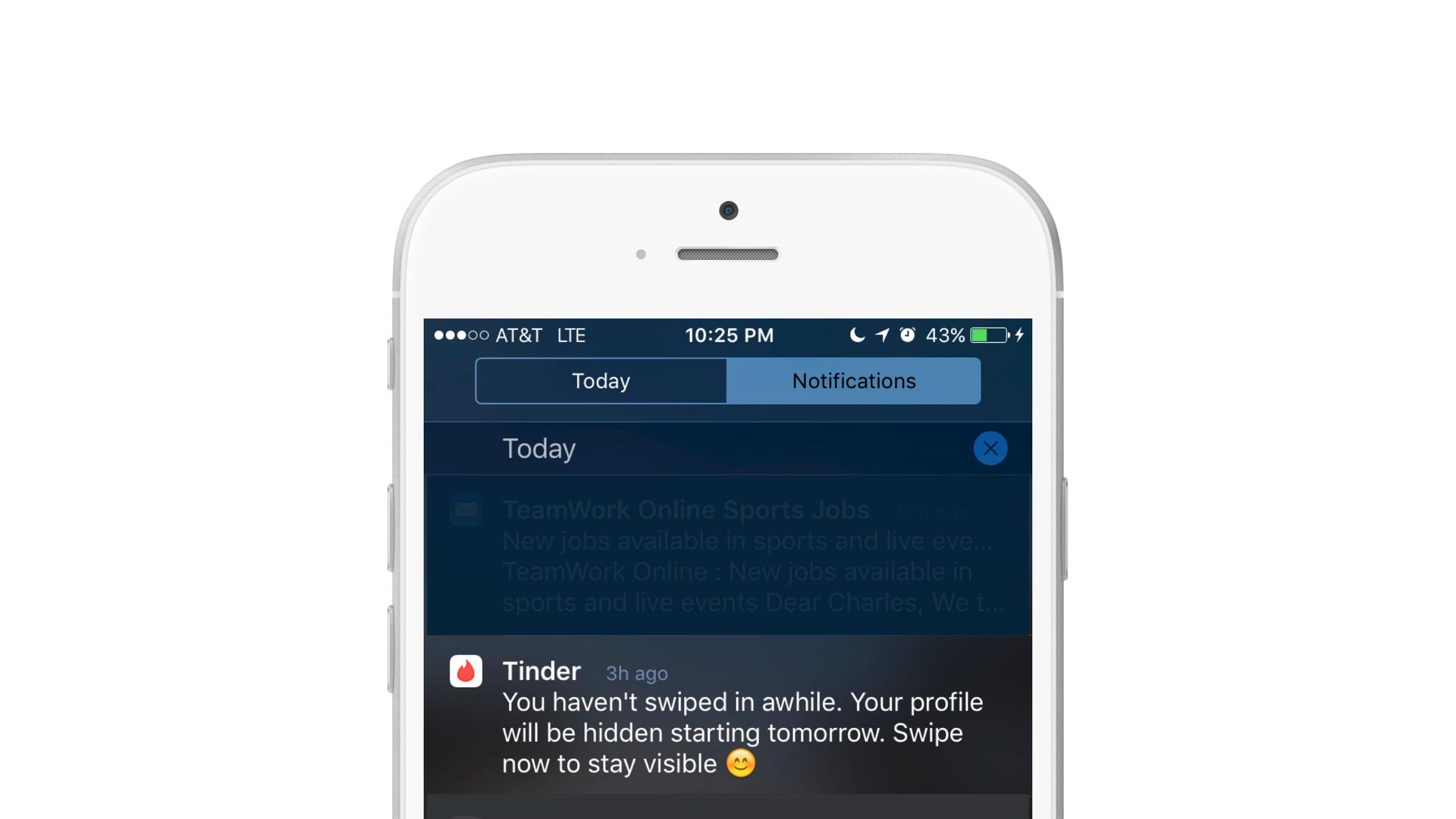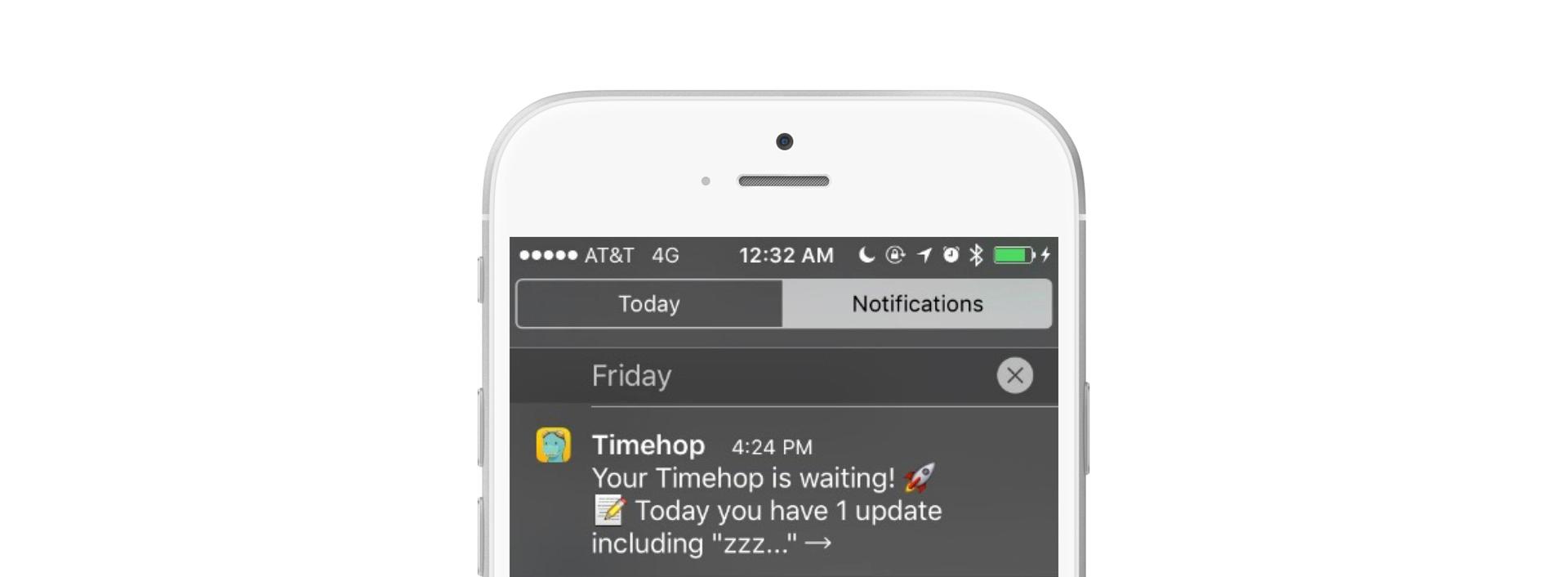13 Push Notification Dos and Don’ts
Published on December 13, 2016/Last edited on December 13, 2016/6 min read


Team Braze
Dear reader: This blog post is vintage Appboy. We invite you to enjoy the wisdom of our former selves—and then for more information, check out our new Cross-Channel Engagement Difference Report.
Push notifications have been a game changer for the mobile landscape. With their unique ability to reach users that aren’t actively engaged, they can provide urgent updates and reminders to lapsing customers, as well as keep your power users coming back.
They can also drive users crazy, if they’re overdone or too intrusive, and that can turn out badly for your brand. What’s the perfect balance? How do you effectively build push notifications into your multichannel strategy? Let’s start briefly with the basics.
The basics
There are different types of push notifications, but all of them are intended to send brief messages to customers who are not on your site or in your app. The most commonly understood is the mobile push notification. It became available in 2009 on iPhones and Android quickly picked up the idea. More recently, wearable push notifications have popped up, providing more access but in an even smaller space. Web push has really grown this year as a key tool for engaging desktop or browser users in a new way.

It’s important to remember that for all of these types, you need user permission to send them, but customers are growing more skeptical of opt-ins. Because push notifications pop-up above everything else, they can easily annoy users if they are too frequent or aren’t providing value. 78% of users opt out if they don’t like the messages they are receiving.
Not everyone responds to push, but for those who do, if you can make a good case for opting in and keep them happy, it can be a powerful messaging channel. It’s particularly effective for encouraging users to open the app, to re-engage those who haven’t opened in a while, or highlight time sensitive offers.
Once users have opted in, the next challenge is in crafting a message that will compel them to open and sending it at a time when they are likely to engage. Send times are particularly important because they can make all the difference in whether a message will be read or ignored.
What makes for great push? We’ve created a quick list of dos and don’ts to keep in mind when you’re working on a push campaign.
Push notifications: Dos
- Do personalize messages. 30% of users opt out of messages that aren’t relevant. Even though the messages are short you can pack in quite a bit by adding first name, focusing on products that match their interests, segmenting by lifecycle stage, and optimizing send times. Systems like Appboy’s Intelligent Delivery can use prior engagement data to shoot for times when users are most likely to see and respond to your push, which can increase engagement by 25%.
- Do make the value clear, front, and center. Users should know what they will get from opening the push and shouldn’t be surprised by the result.
- Do prime for push. It’s best to warm up to asking for a user to opt in through in-app messages that explain the value of enabling push. You’ll want to wait for the best time to ask and do so in a clear way.
- Do ask again (if they opt out). It may be harder to get someone back after an opt-out, but if you can demonstrate value and relevance through a re-permission campaign, you can encourage users to give push another chance.
- Do try including emojis, if it seems like a good fit for your brand. Emojis can pack a lot into a small space and make your message stand out.
- Do use push notifications to prompt users during onboarding. Using a multichannel strategy like this can lead to a 130% increase in retention rates.
- Do test your messages. Not everyone responds the same way to channels or messages. The more you test and collect data on user preferences, the more in tune you can be with the needs of your users.
- Do incorporate rich images, audio, and video. Now that both Android and iOS 10 support images and other exciting lock screen features, make the most of them to boost engagement.
- Do allow yourself to be creative. Copy and images should intrigue users enough to tap and open the push, and a little humor or personality can go a long way.
Push notifications: Don’ts
- Don’t overdo it. 25% of users say they opt out if messages are too frequent. You may limit the number of messages per campaign but if a user encounters multiple campaigns, it could add up fast. Setting up a frequency cap can limit the number of notifications a user receives during a particular time period.
- Don’t rely only on native opt-in prompts. It’s far more effective to build a custom prompt that pops up before the native prompt to better communicate your brand and the value of enabling push. As an added bonus, if they say no, a custom prompt makes it easier to ask again later.
- Don’t send long messages or try to cram too much in. The best performing push messages are under 25 characters.
- Don’t try to teach about features within the notification. Push notifications are made to encourage users to open and engage, so they aren’t ideal for educating users about the finer points of your app. Instead, you can deep link to a News Feed Card or area of your app where more is explained.
Push notifications: examples
This example from Tinder is a friendly reminder but shares some timely information–it would be effective for re-engaging a user who may just need a nudge.

Many people are pleased to see their TimeHop photos once they open Facebook but this message intrigues users to click by giving them a teaser of their update.

This notification from MicCheck is a great example of segmentation and timeliness to ensure the message is relevant. If it was targeted to reach millennial users (who are less likely to have cable), it likely caught many at a key moment when they were wondering how they’d be watching the debate that night.

What’s next?
Ready to start developing awesome push campaigns? Check out our guides to get started, including a template for push notifications, top push-centric campaigns, and our hacks for writing push notification copy.

Releated Content
View the Blog
The new inbox reality: How iOS changes are reshaping email marketing

Aparna Prasad

Experience optimization: Turning data insights into better journeys

Team Braze

December 2025 Bonfire Marketer of the Month: Jagex’s Emma Oliver
